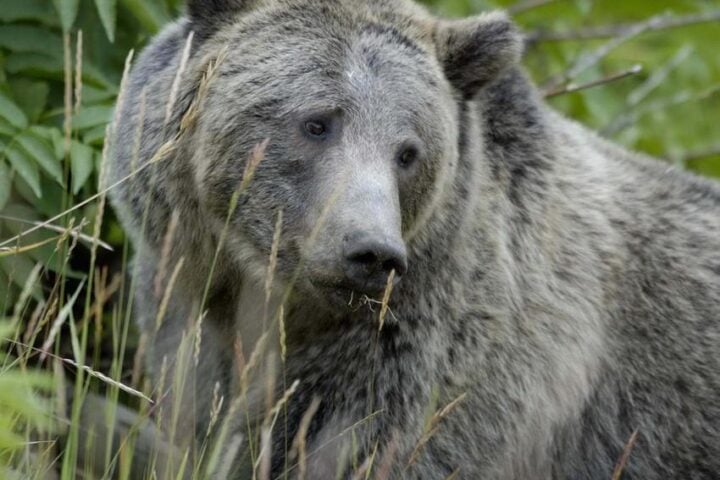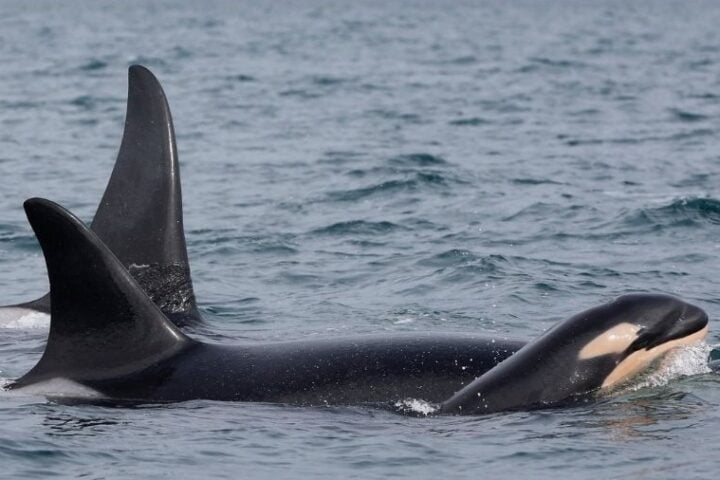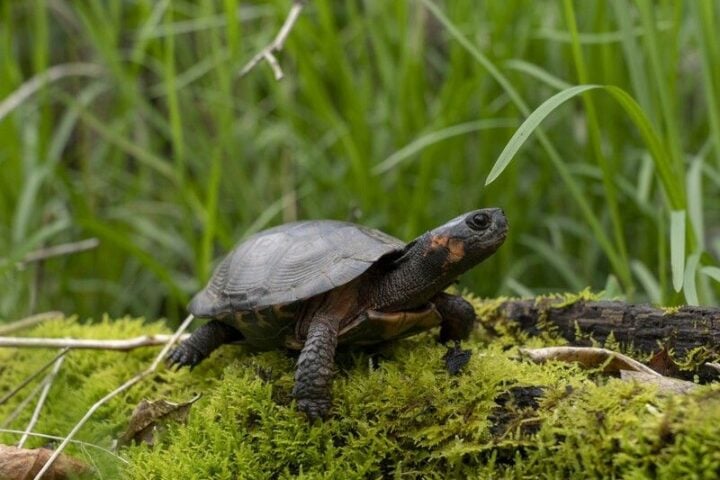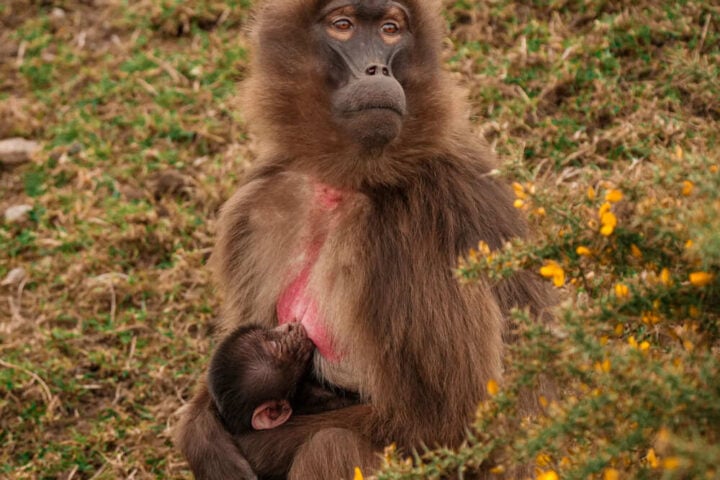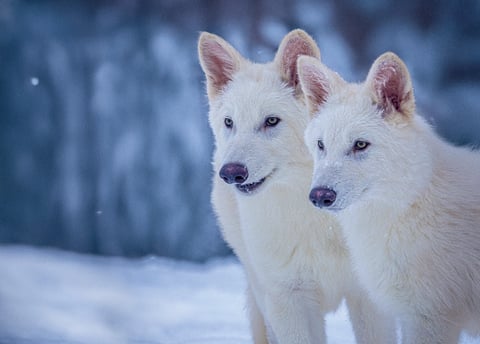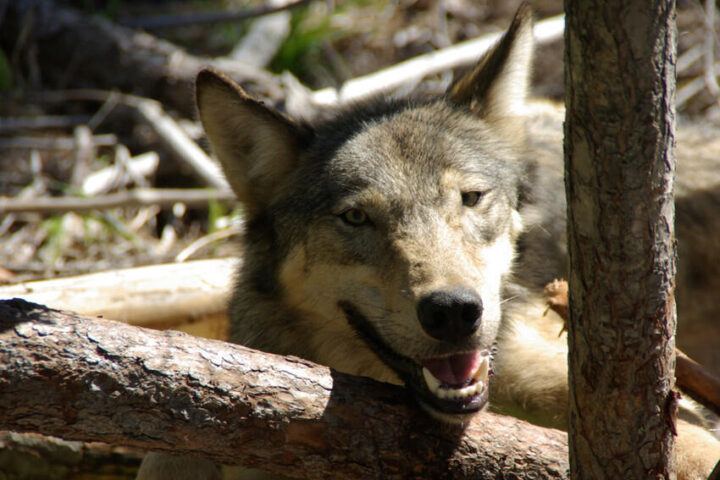Norway has announced it will kill more whales in 2025, raising its self-allocated quota to 1,406 minke whales – an increase of 249 from last year. This decision comes despite falling domestic demand for whale meat and growing international condemnation.
“Norwegian whaling is sustainable,” claims Marianne Sivertsen Næss, Norway’s Minister of Fisheries and Oceans. She argues that killing whales “contributes to increased balance in the ocean” and provides “healthy food.”
However, these claims contradict scientific evidence. Far from helping fish populations, research shows whales actually support healthier marine ecosystems and carbon capture.
The Truth Behind Norway’s Whaling
Norway continues whaling by exploiting a legal loophole. Though a member of the International Whaling Commission (IWC), Norway formally objected to the 1986 global moratorium on commercial whaling, allowing it to set its own quotas.
While the quota increases yearly, the actual catch has been declining. In 2024, 11 vessels killed 415 whales, fewer than the previous year despite more ships participating. Norway’s highest catch since resuming commercial whaling in 1993 was 660 whales, recorded ten years ago.
“Norwegians have stopped eating whale meat,” admit Norwegian whalers themselves, according to reports.
A Cruel Death
Whaling involves shooting whales with explosive harpoons that penetrate the body before detonating. Contrary to industry claims, evidence shows this method frequently fails to kill whales quickly.
In Iceland’s 2023 fin whale hunts, 24% of whales had to be shot more than once. The median time to death from the first shot was 11.5 minutes, some even took an hour or two to be killed.
Similar Posts
Alick Simmons, former UK government deputy chief veterinary officer, stated: “Any method of killing that requires animals to be shot twice at least 20% of the time or when the time to death is several minutes is unacceptable.”
Where Does the Meat Go?
With domestic consumption declining, whale meat is increasingly being used for pet food. In 2022, Finnish customs intercepted 36 tonnes of whale meat disguised as dog food, illegally imported from Norway.
“Dog food containing whale meat was essentially imported because of the affordable price. These imported quantities have fed a large number of dogs,” said lead investigator Tuomo Kunnari.
The meat also makes its way to Japan through another legal loophole. Norway has entered reservations against protections for whale species under CITES (Convention on International Trade in Endangered Species), allowing trade with countries that have similar reservations.
Growing Opposition
Opposition to whaling continues to strengthen globally. The European Union has repeatedly condemned Norway’s whaling activities, and conservation organizations are working to expose the industry.
“OceanCare deplores the ongoing whaling being conducted by Norway,” said Mark Simmonds, OceanCare’s Director of Science. “Their attempt to defend this whale slaughter in the name of boosting fish catches is based on a grossly oversimplified understanding of how marine ecosystems works.”
In a concerning development, Norwegian whaling company Myklebust Hvalprodukter recently expressed interest in expanding hunts to include humpback whales, which would represent a significant escalation.

As international pressure mounts, Norway remains one of only three nations still commercially whaling, alongside Iceland and Japan. But with declining demand and growing ethical concerns, the future of this industry appears increasingly unsustainable.
Frequently Asked Questions
Norway continues whaling by exploiting a legal loophole. Although a member of the International Whaling Commission (IWC), Norway formally objected to the 1986 global moratorium on commercial whaling. This objection allows Norway to legally set its own whaling quotas despite the international ban. They maintain that their whaling practices are sustainable and part of their cultural heritage.
While Norwegian officials claim their whaling is sustainable, scientific evidence suggests otherwise. Research indicates that whales actually support healthier marine ecosystems and carbon capture rather than competing with fisheries. The declining domestic consumption of whale meat and decreasing annual catches (despite higher quotas) also raise questions about the sustainability claims from an economic and cultural perspective.
Commercial whaling involves shooting whales with explosive harpoons that penetrate the body before detonating. Despite industry claims about humane killing methods, evidence shows this approach frequently fails to kill whales quickly. Studies from Iceland’s whaling operations showed that 24% of whales required multiple shots, and the median time to death was 11.5 minutes, with some whales taking an hour or more to die, raising significant animal welfare concerns.
With domestic consumption declining, whale meat is increasingly being diverted to alternative markets. Some is processed into pet food, as evidenced by Finnish customs intercepting 36 tonnes of whale meat disguised as dog food in 2022. Norway also exports whale meat to Japan through another legal loophole, as both countries have entered reservations against CITES protections for whale species, allowing them to trade with each other despite international restrictions.
Norway primarily hunts minke whales in its commercial whaling operations. The 2025 quota has been set at 1,406 minke whales, an increase of 249 from the previous year. There are also concerning reports that Norwegian whaling company Myklebust Hvalprodukter has expressed interest in expanding hunts to include humpback whales, which would represent a significant escalation in Norway’s whaling activities.
Norway is one of only three nations that still conduct commercial whaling operations, alongside Iceland and Japan. Japan withdrew from the IWC in 2019 to resume commercial whaling in its territorial waters. Iceland has conducted commercial whaling under objection to the moratorium like Norway, though its whaling activities have been irregular in recent years with periods of suspension. All three nations face international criticism and pressure to end these practices.
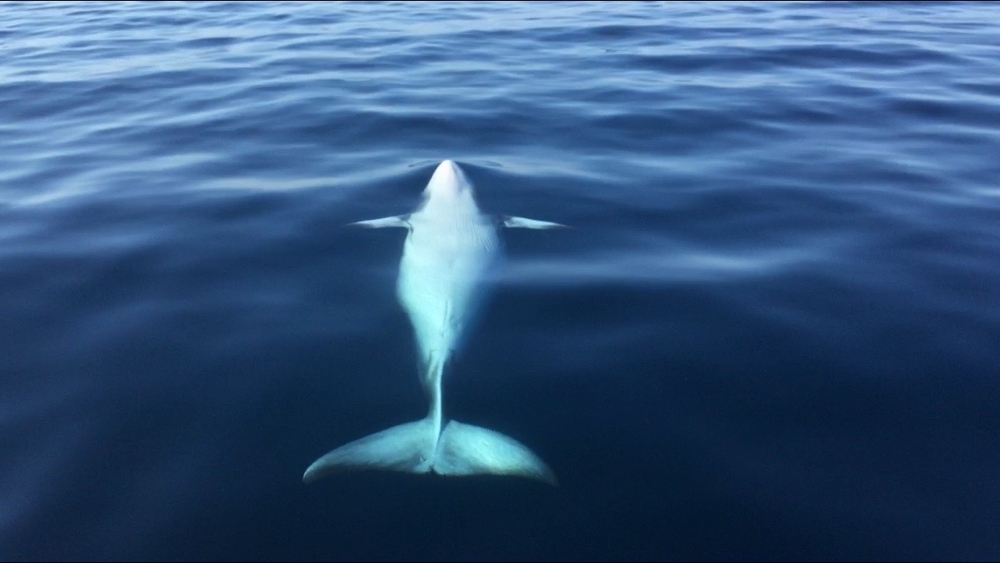

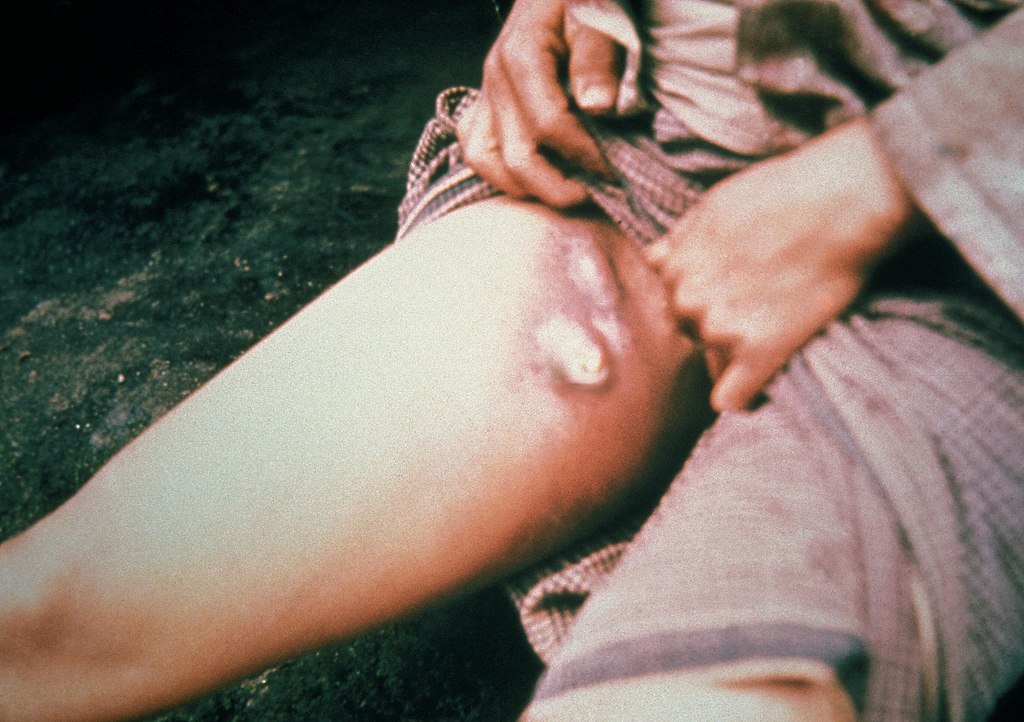
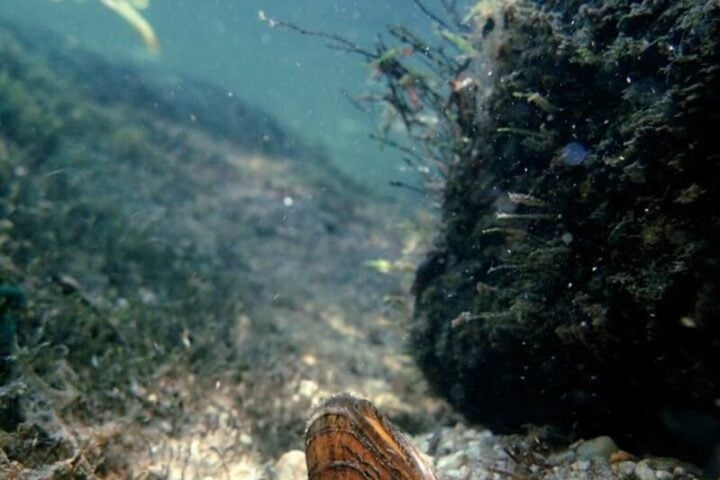
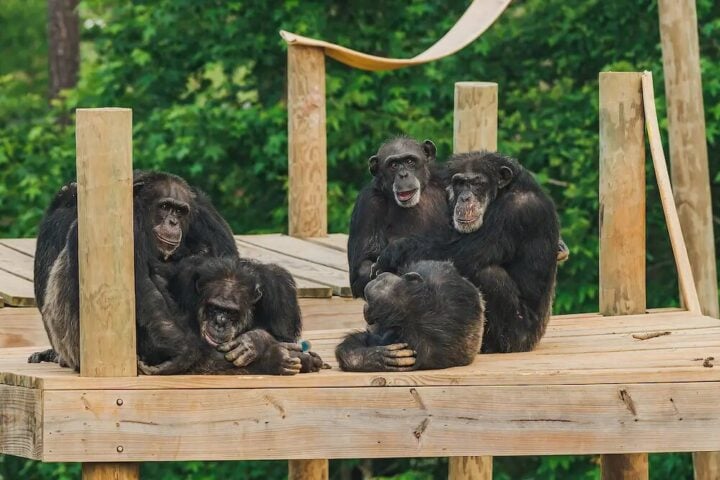

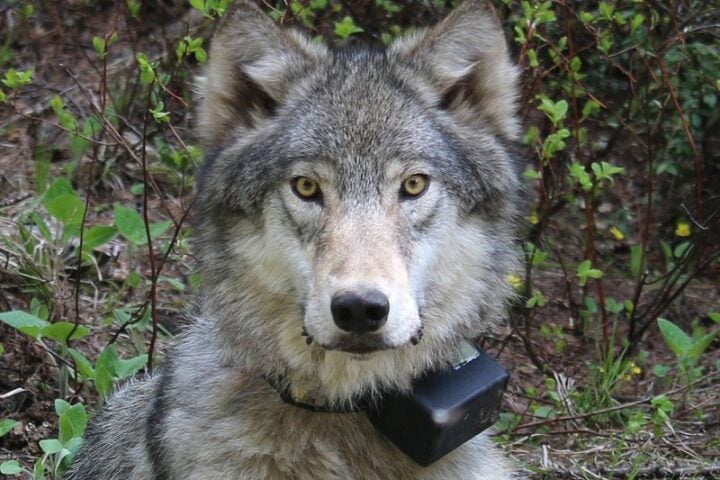
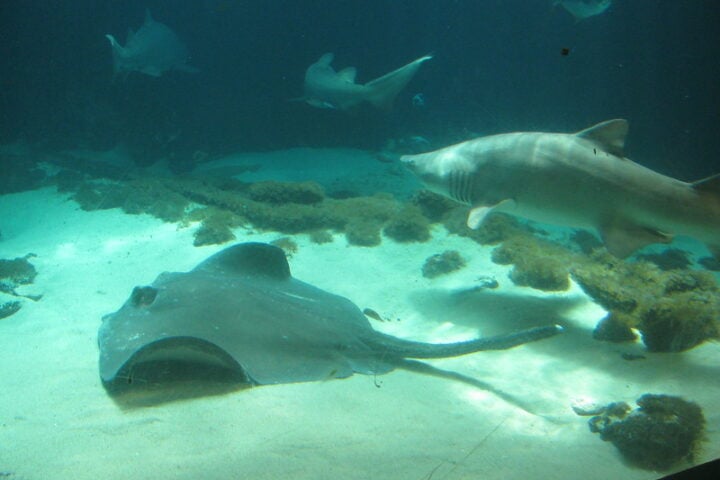
![Representative Image: European Starling [49/366]. Photo Source: Tim Sackton (CC BY-SA 2.0)](https://www.karmactive.com/wp-content/uploads/2025/04/Starlings-Drop-82-in-UK-Gardens-as-Birdwatch-2025-Reveals-Record-Low-Count-Since-1979-720x480.jpg)
